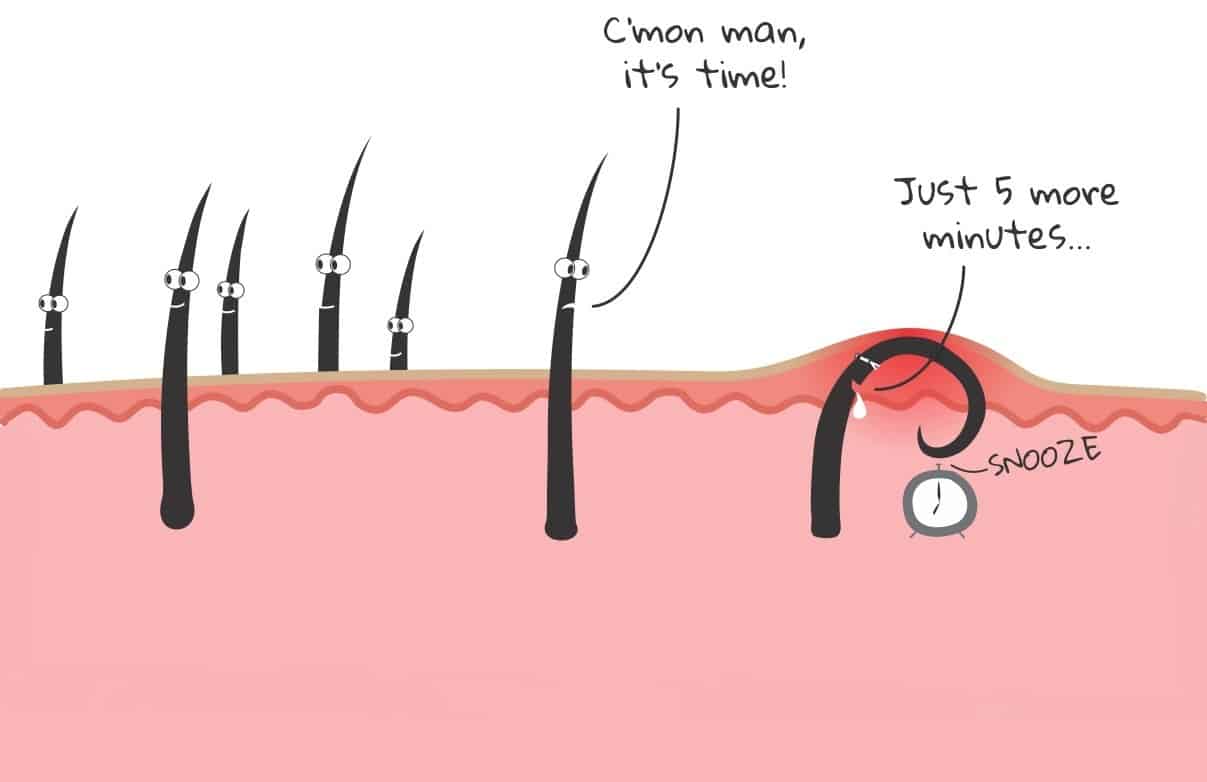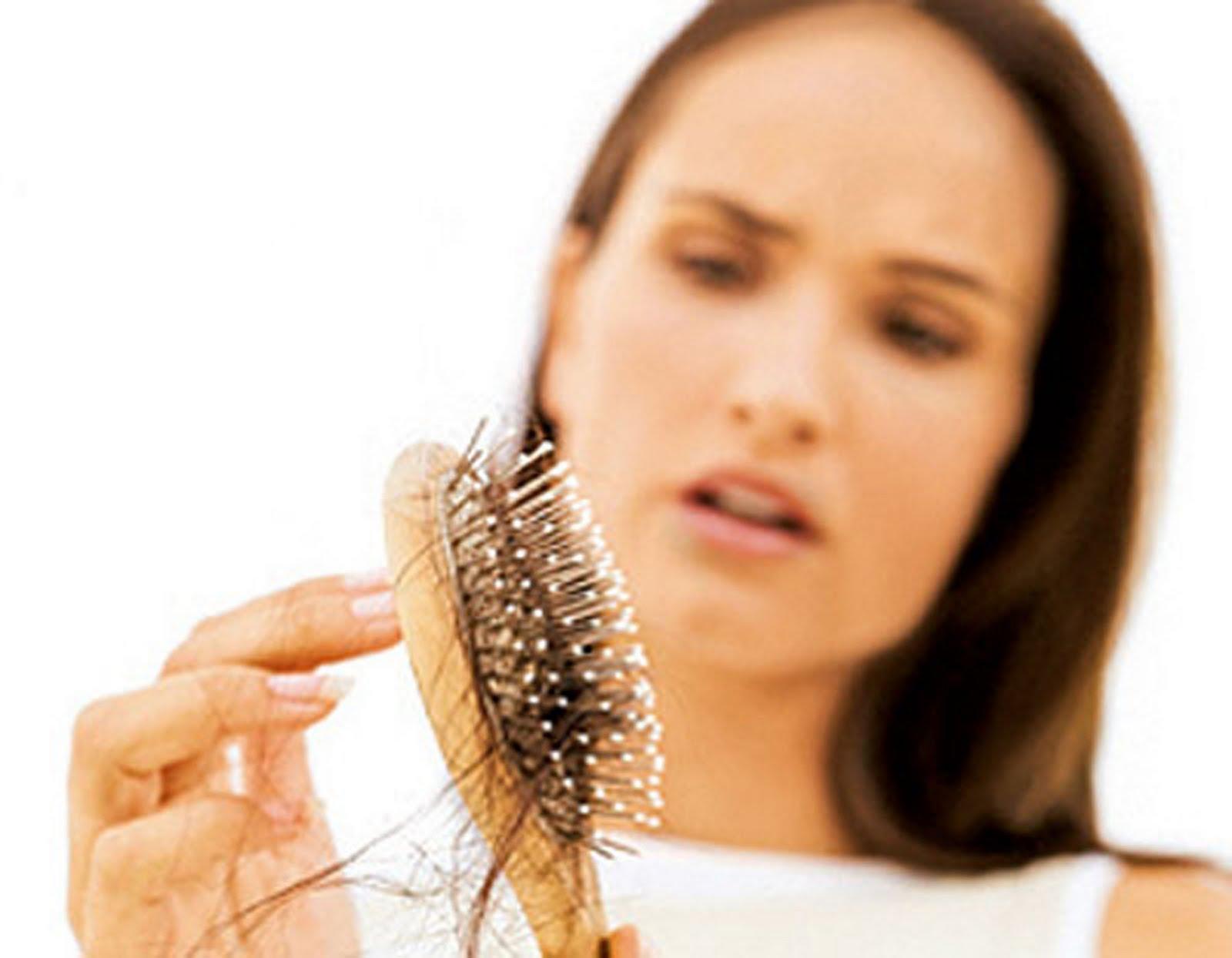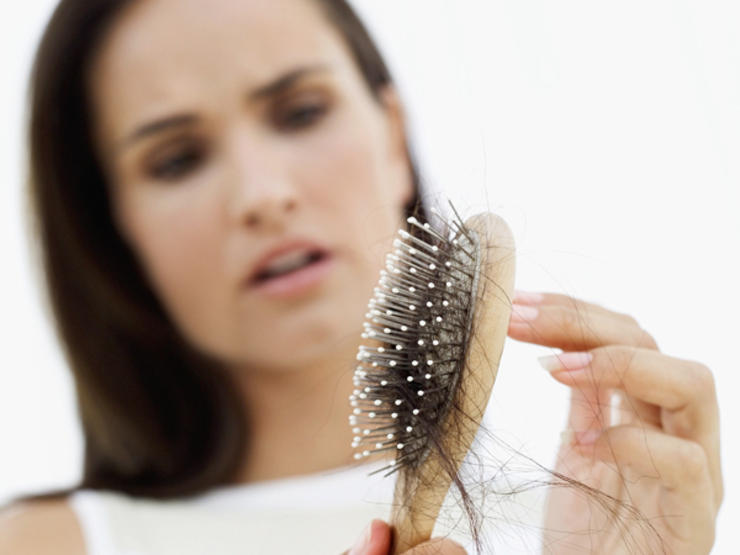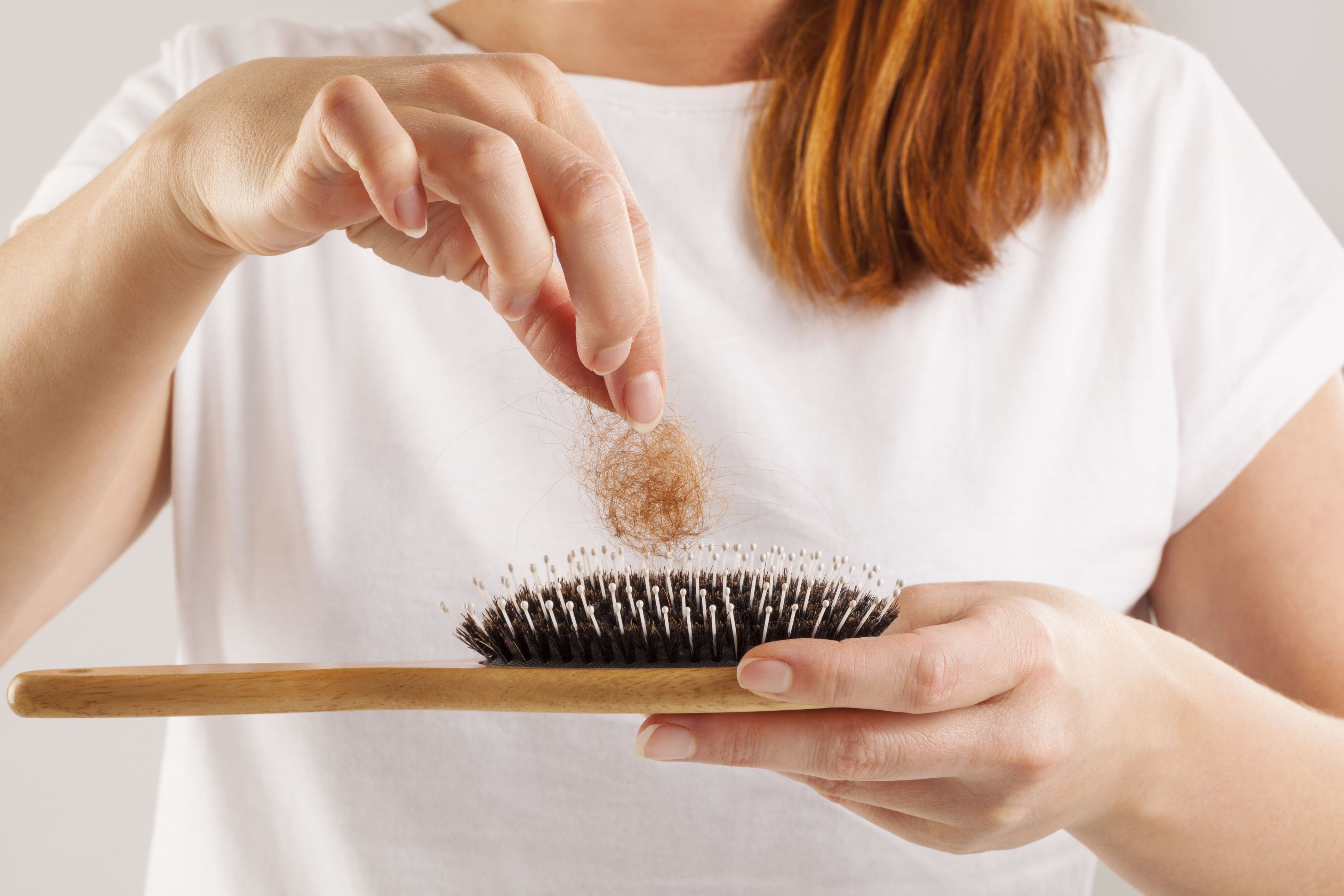Table Of Content
- Find more top doctors on
- Differin Adapaline Gel 0.1% Acne Treatment
- How do healthcare professionals diagnose an ingrown hair?
- Ingrown Hair Symptoms
- Paula's Choice Skin Revealing Body Lotion 10% AHA
- How to treat an ingrown hair at home
- Are these ingrown hairs? How do you get rid of them? How can I make this skin smooth?

Electrolysis, another hair removal method, has a greater risk of ingrown hairs. However, for patients with very light hair, laser hair removal may not work and electrolysis is the best option,” Khorasani says. As part of conventional ingrown hair treatment, your doctor may prescribe certain medications such as retinoids, steroid cream or antibiotic ointment for ingrown hairs. To get rid of ingrown hair cyst with a serious infection, he or she may also recommend a course of oral antibiotics. After you're done with your shave, always moisturize with a soothing hydrator.
Find more top doctors on
People with high levels of certain sex hormones can have more hair than usual. This can make you more likely to get ingrown hairs, especially after shaving. In the days before your medical appointment, if possible, stop shaving or using any form of hair removal. Ingrown hairs are sometimes called razor bumps, shave bumps or barber bumps. If bacteria or other pathogens enter the skin, an infection can develop, leading to a painful bump.
Differin Adapaline Gel 0.1% Acne Treatment
It is a benign condition, which usually appears as a small tan or sometimes pink bump under the skin. Often, a small pinpoint (often dark) part of the underlying hair may be seen under the skin bump. In severe cases, multiple small red or pink bumps at hair follicles may be seen on any skin area that normally grows hair. Ingrown hairs typically don’t cause serious complications or health concerns. However, they can affect your quality of life and self-esteem if they keep coming back.
How do healthcare professionals diagnose an ingrown hair?
Pulling the skin taut during shaving can also cause ingrown hairs since this action permits the cut hair to draw back into the skin and re-enter the skin without first growing out. Other times, dead skin cells cause a hair follicle to become clogged, which leaves the hair no choice but to grow sideways beneath the skin’s surface. An ingrown hair forms when a hair follicle becomes trapped under the skin, causing inflammation and irritation. A common reason the hair becomes trapped is because the follicle is clogged with dead skin. Thick and/or curly hair is more likely to become ingrown, which is why ingrown hairs commonly form in the pubic area. In fact, ingrown hairs can sometimes look like genital or vaginal pimples as they are often covered by a red bump, and there can white pus visible below the surface.
An ingrown hair starts growing in its follicle normally, but after emerging into the world, it doubles back and reenters your skin. Compared to other hair-removal methods, this happens most often when you’re shaving. “The razor leaves the end of the hair sharp, making it more likely to pierce back into the skin,” Dr. Hayag says. Start by applying a warm compress to the area, since the heat will soften the skin, says Dr. Solomon. "Move a washcloth or clean, soft-bristled toothbrush over the area in a circular motion for several minutes," she suggests.

The easiest way to do this is through proper hair and skin hygiene. Antibacterial washes, such as benzoyl peroxide (Clearasil, Proactiv) or chlorhexidine (Hibiclens), can be used once or twice a day to control the infection. Topical eflornithine HCl 13.9% cream (Vaniqa) is a prescription that can reduce the rate of hair growth when applied to the skin twice a day over one to two months.
How to get rid of razor burn, according to dermatologists - NBC News
How to get rid of razor burn, according to dermatologists.
Posted: Fri, 11 Aug 2023 07:00:00 GMT [source]
How to treat an ingrown hair at home
Instead, a hair keeps growing, but under the skin, either in a curl, in a downward direction, or to the side under the surface of the skin. Usually an ingrown hair looks like a red bump, but sometimes you can see the hair through the skin, and it may have a white pus-filled head. The beard area of your face (neck, cheeks and chin), legs, armpits and pubic area (bikini line and inner thigh) are most likely to develop ingrown hairs.
An ingrown hair can also turn into a more painful, pus-filled sore. All the derms we spoke with advise against popping or tweezing an ingrown hair bump, warning that this ups the likelihood of infection and isn't a guaranteed way to remove the hair. Patience is a virtue when it comes to ingrown hair removal; your best bet is to simply do a few things that will help the hair come out on its own faster. Use topical treatments on the affected area only, as they can cause dry skin and other side effects.
Aveeno Therapeutic Shave Gel
If you see signs of infection, you should visit your healthcare provider. Laser hair removal may be an option for preventing ingrown hairs. Laser treatments applied to an area help to permanently decrease the number of hairs.
Sugar and salt are considered to be natural mild exfoliators that can be applied to an ingrown hair to help reduce redness or irritation. My homemade body scrub with sugar and sea salt is a great combination of these two amazing exfoliators. Without exfoliating, you run the risk of trapping oil, dirt, and debris between hairs, leading to infection.
The structure of the hair and direction in which they grow also play a role in ingrown hair development. For instance, tightly curled hair will have a curved hair follicle, which is believed to encourage the hair to reenter the skin once the hair is cut and starts to grow back. Most ingrown hairs will subside fairly quickly if you leave them alone. However, if an ingrown hair is really bothering you or lasts more than a couple of weeks, make an appointment to see your primary care doctor or a dermatologist.
We've all been there—you're admiring a silky smooth shave or wax job when suddenly, there it is. A red, raised, (often painful) bump, ruining the landscape of your otherwise flawless skin. Ingrown hairs happen, but before you reach for the tweezers or get to squeezing, read this. We asked top dermatologists for their best advice on how to get rid of ingrown hair, and, more importantly, how to prevent these pesky bumps from cropping up in the first place.
As an alternative to aggressive or chemical-laden waxing, you may want to try this DIY sugar wax recipe, although you can also find sugar waxing available at non-toxic salons. If an ingrown hair becomes infected, the person may need to visit the doctor for treatment. A doctor may prescribe antibiotic ointments, steroid creams, or medicated washes to use on the area. In severe cases, a doctor may refer a person to a skin specialist. However, if the problem is persistent, people should see their doctor for other preventive measures.
Or, you can swap out razors entirely and use electric clippers or hair removal creams instead. Scarring is another potential complication of ingrown hairs. You can also try to release the trapped hair at home if you can see the hair shaft just under the skin surface.
If you’re aiming for a smooth, hair-free look, ingrown hairs can ruin the effect. These unsightly bumps can be an annoying side effect of hair removal. The good news is ingrown hairs can be treated effectively at home. The simplest way to prevent ingrown hair is to allow hair to grow without cutting it too short. Chemical depilatories like Neet or Nair can loosen the structure of hair, resulting in blunt tips of shaved hairs at the follicular opening.













